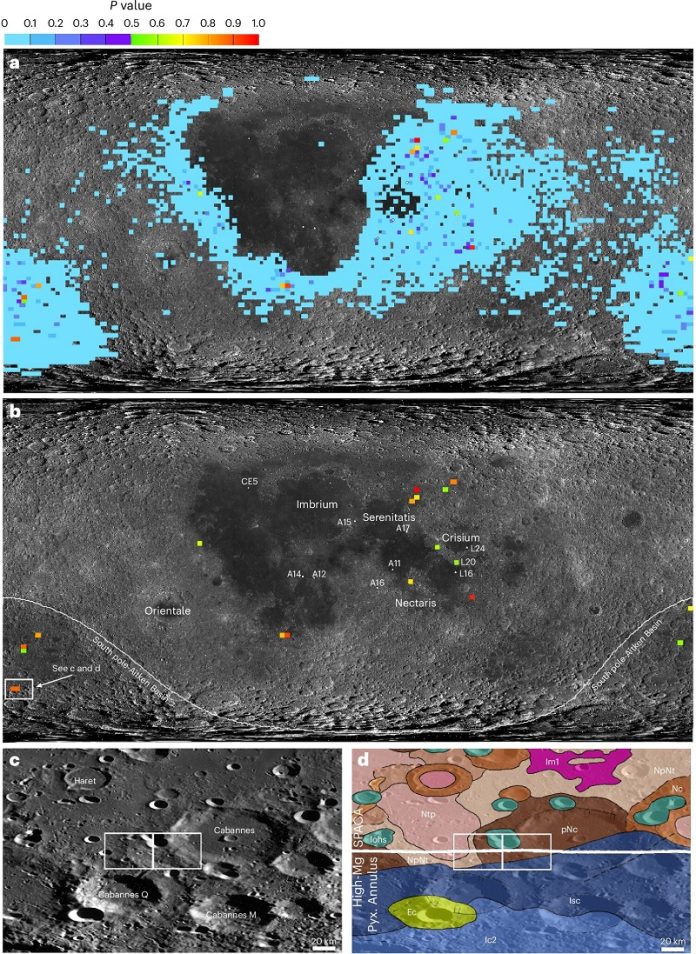
Scientists have discovered that the oldest and largest impact basin on the moon, called the South Pole-Aitken (SPA) basin, is more than 4.32 billion years old.
This massive crater, located on the far side of the moon and stretching over 2,000 kilometers, was formed by a huge asteroid impact.
The new research sheds light on the early history of the moon and provides insights into the impacts that shaped its surface.
The moon, like Earth, has been hit by countless asteroids and comets over billions of years. These impacts have left behind craters and basins.
However, scientists have long struggled to figure out exactly when the largest of these impacts occurred.
Now, by studying a lunar meteorite, researchers believe they have pinpointed the age of the SPA basin.
The team, led by scientists from The University of Manchester, analyzed a meteorite called Northwest Africa 2995, which was found in Algeria in 2005.
This meteorite, known as a regolith breccia, is made up of fragments of different rock types that were once part of the moon’s surface.
These rocks were fused together by the heat and pressure from an ancient impact.
By examining the amounts of uranium and lead in the meteorite, the researchers were able to date the rock fragments back to between 4.32 and 4.33 billion years ago.
This means the SPA basin was formed around 120 million years earlier than what scientists had previously thought was the most intense period of asteroid impacts on the moon.
For many years, scientists believed that the most significant bombardments on the moon happened between 4.2 and 3.8 billion years ago.
However, the new findings suggest that the impacts occurred over a longer period of time, rather than in a concentrated burst. This new timeline weakens the idea that the moon went through a brief, intense period of impacts and instead supports the theory of a more gradual process.
To confirm the connection between the meteorite and the SPA basin, the team compared their findings with data collected by NASA’s Lunar Prospector mission, which studied the moon’s surface in the late 1990s.
The chemical similarities between the meteorite and rocks in the SPA basin helped the scientists link them together and confirm the basin’s ancient age.
The discovery is important not only for understanding the moon but also for learning more about Earth’s early history.
Dr. Romain Tartese from The University of Manchester explained that Earth likely experienced similar impacts during the same period, but much of the evidence has been lost due to geological processes. Studying the moon can provide clues about what was happening on Earth billions of years ago.
Future missions to the moon could test this new information by collecting rock samples from the SPA basin, helping to further confirm its ancient age.



